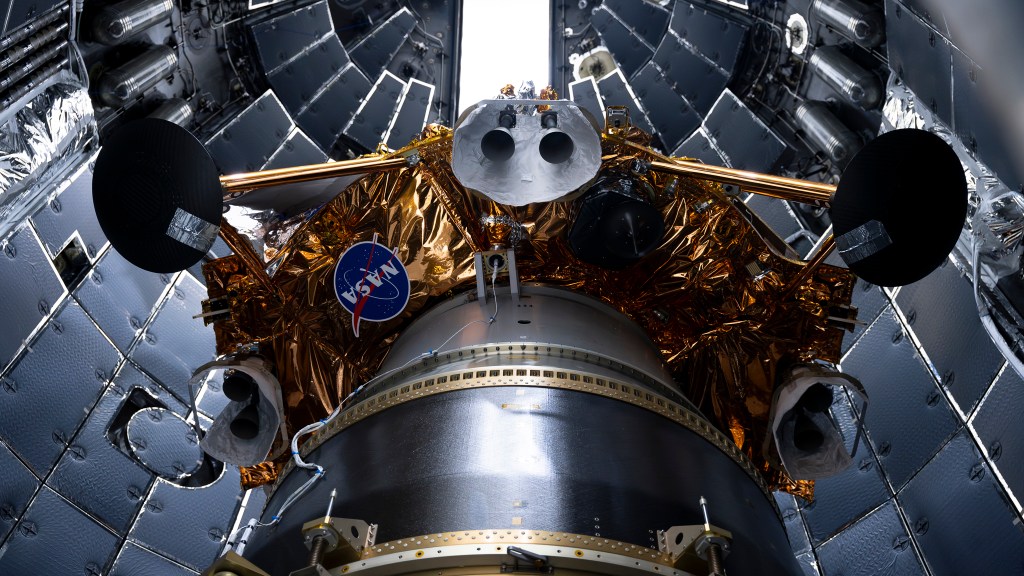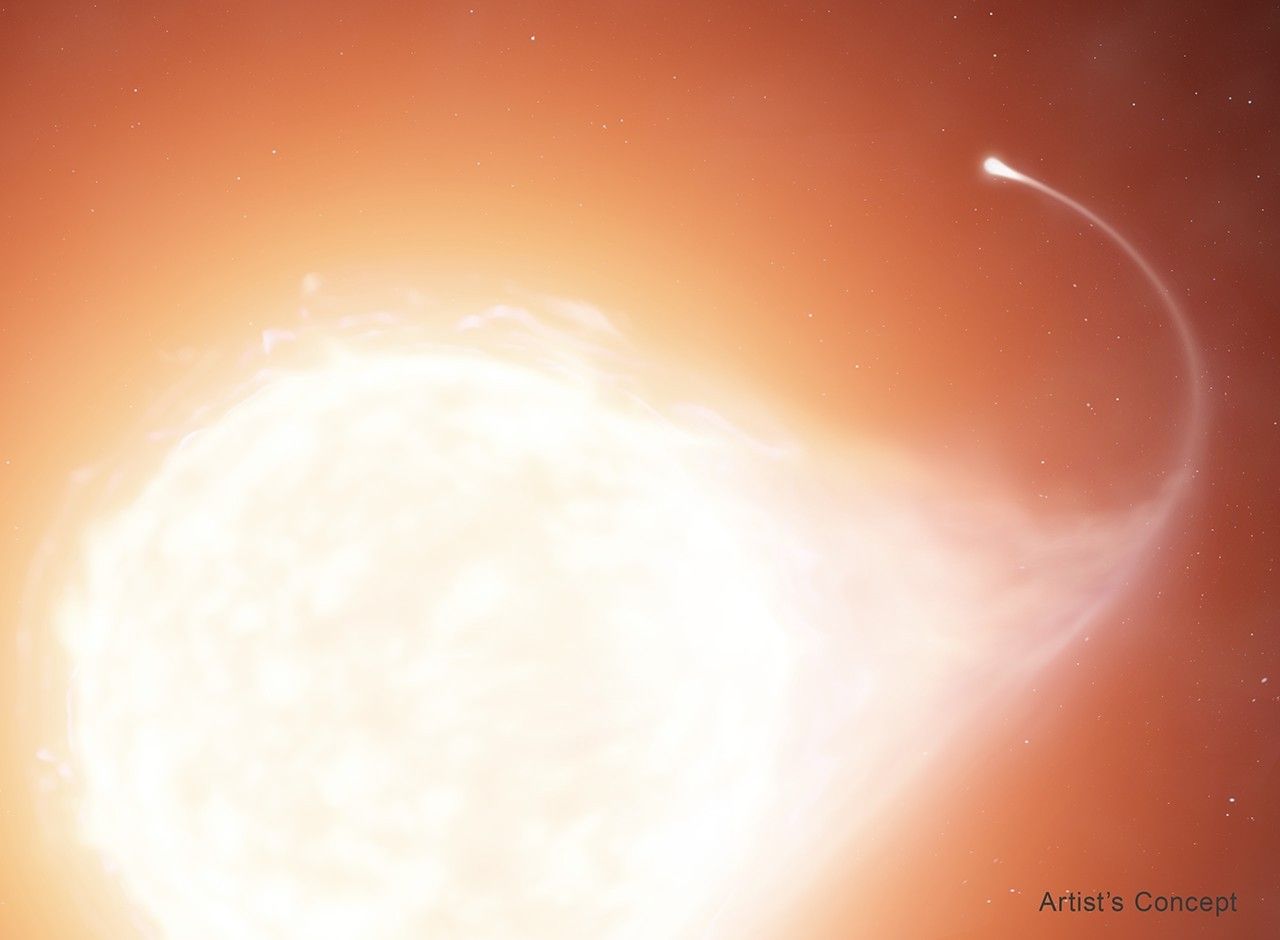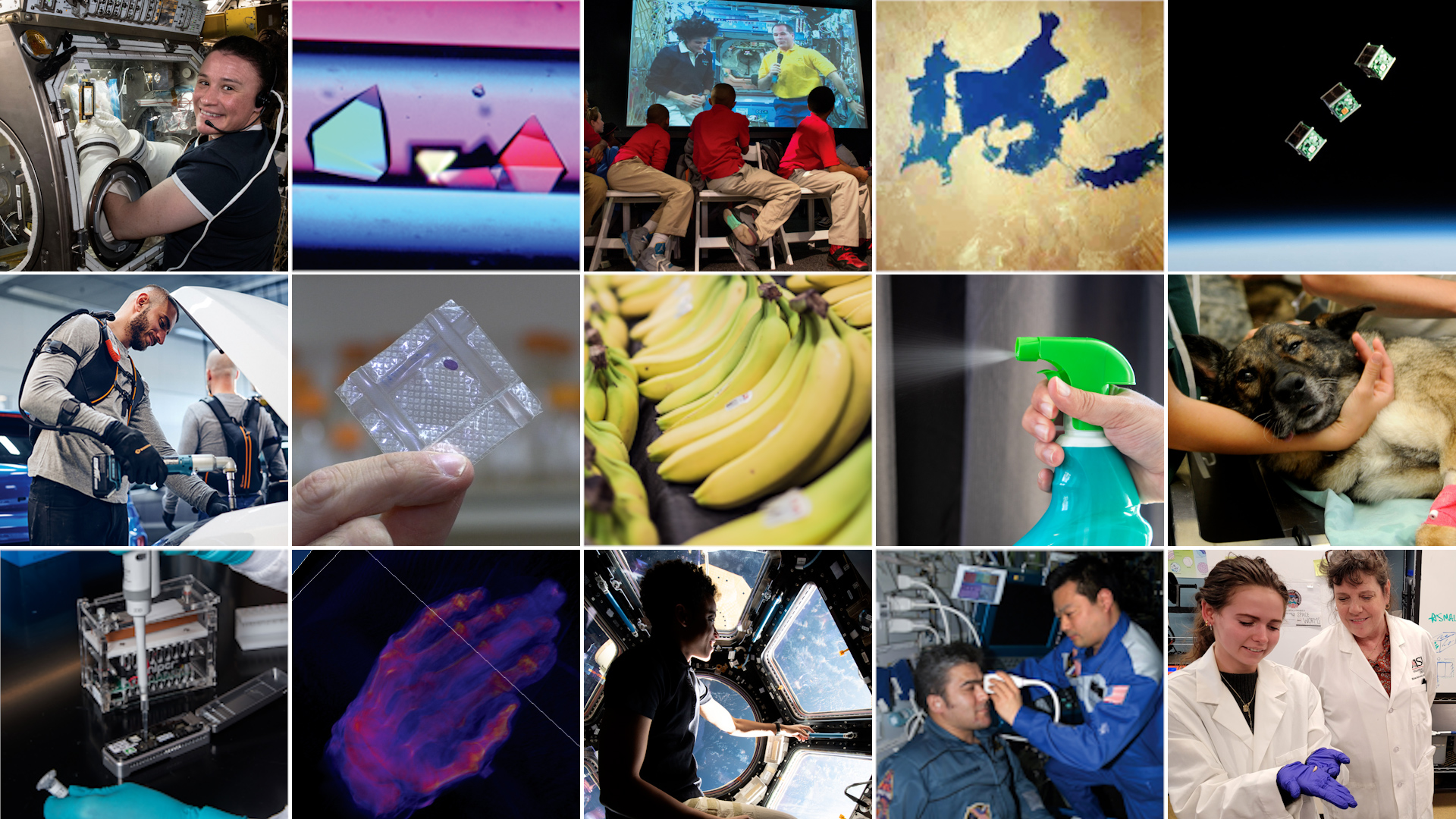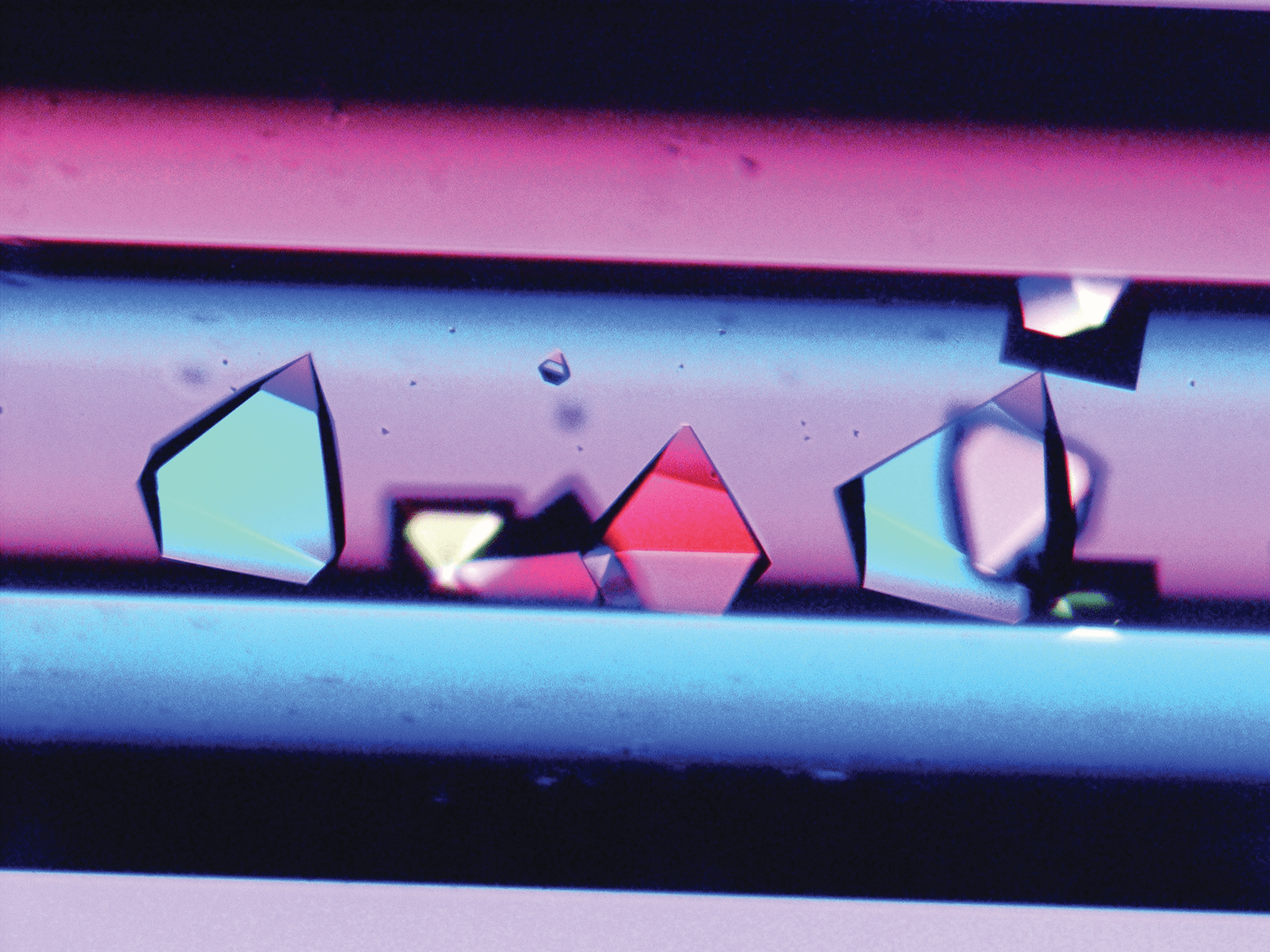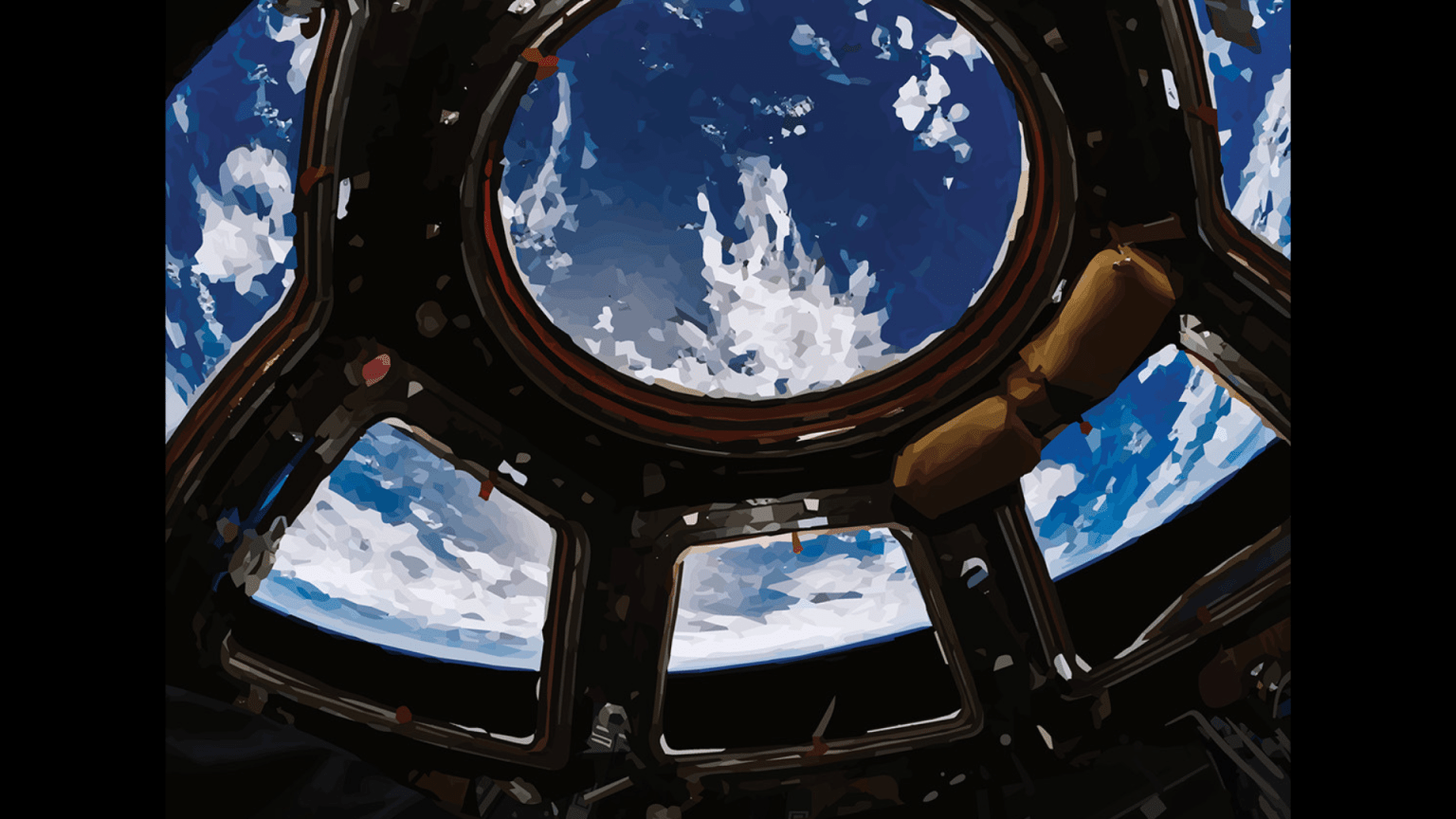The first decade of the International Space Station was the decade of construction. The second decade moved from initial studies to fully using the orbiting lab. We have now entered the decade of results.
With more than 20 years of experiments now conducted on the station, more breakthroughs are materializing than ever before.
Explore 15 of the ways the space station is benefiting humanity.
1. Producing the next generation of medical scanning technology
In their quest to study neutron stars, the team behind the NICER telescope created and patented an X-ray source that could be turned on and off very quickly. This also happened to be what a neuroradiologist at Massachusetts General Hospital needed for his quest to improve CT scans.
Traditional CT machines are large, heavy, and consume a lot of power. This makes them hard to deploy in environments with few resources. Rather than spinning the large X-ray machine around to capture a CT scan, the Massachusetts General Hospital and NICER teams worked together to create a stationary ring of these small new modulated X-ray sources that can be mounted around the patient, firing when needed. This technique can decrease the amount of radiation the patient is exposed to and enable a better image quality even at the lower radiation level.
Limiting radiation exposure is helpful for patients on Earth now and potentially for future astronauts on their way to Mars. The device has been patented, and additional work is now underway to take it from a prototype to a testable device.
2. Creating new drugs for disorders like Duchenne Muscular Dystrophy
An International Space Station study of the crystal structure of a protein associated with Duchenne Muscular Dystrophy (DMD), an incurable genetic disorder, provided hints for compounds that might inhibit it. A professor at the University of Tsukuba in Tsukuba, Japan used those hints to design several promising compounds, including TAS-205. A 2015 study verified the safety of TAS-205 for use in humans, and a small clinical trial in human patients was published in 2017. A Phase 3 trial to examine the effectiveness of TAS-205 in situations similar to actual clinical use began in Dec. 2020 and will continue until 2027.
The research team estimates the drug may slow the progression of DMD by half, potentially doubling the lifespan of many patients.
3. Forming the components for producing artificial blood for animals
In addition to showing promise in drug development, the Japan Aerospace Exploration Agency’s (JAXA’s) other work on crystallizing proteins in microgravity inspired development of an artificial animal albumin. Albumin is the most abundant protein in blood but is difficult to crystallize on Earth. Researchers used the space station to crystalize albumin from cats and dogs to better understand the structures of these proteins and how they are formed. Veterinarians in animal hospitals have trouble providing blood transfusion treatments since there aren’t large stores of donated animal blood, an issue that could be positively impacted through potential application of this work to veterinary medicine.
4. Robotic arm technology applications in an automotive factory
The creation of space station robot Robonaut led to the development of an industrial strength robotic glove. NASA and General Motors (GM) developed a Robonaut prototype and tested it on the station, where it successfully performed simple tasks alongside astronauts. The team then reconfigured the hand-like portion of Robonaut into a wearable device to help both astronauts and auto workers avoid hand fatigue and injury. Initially called Robo-Glove, the device now is commercially available as Ironhand, produced by Bioservo Technologies of Sweden.
5. Student research in space
People born after November 2000 have always known life with humans in space: they grew up in a world with an International Space Station orbiting overhead. Call them Generation Station, those for whom space has always seemed accessible, a place where scientists from around the globe conduct research. Numerous students from around the globe have even sent their own research or code to station. They have helped conduct DNA sequencing experiments as a part of the Genes in Space program, or controlled robots using their code as a part of the Kibo Robot Programming Challenge. Many have designed and deployed small satellites from the space station, sending their work into low-Earth orbit.
6. Lowering heat in cities and tracking water
Data from NASA’s ECOSTRESS payload has already had many applications. ECOSTRESS measures subtle changes in temperature to identify plant stress. Those same measurements can be used to identify extreme heat, such as that produced by fires or lava flows, and to study movement of warm water currents and heatwaves in cities.
ECOSTRESS data has been employed in efforts to reduce heat absorbed by city surfaces, better allocate water, reduce fire risk in forests, measure plant stress, search for geothermal energy sources, track mosquitos, and help farmers efficiently water their fields. For example, Cool Streets LA researchers studying different materials that could reduce urban heat used data from ECOSTRESS to see how the surface heat of neighborhoods changed as they applied coatings. They found a thin gray coating can make an asphalt roadway reflect the sun like a concrete roadway, reducing surrounding heat about 2 degrees F.
7. Ultrasound procedures on Earth
For people who live in major cities with fully equipped hospitals, having access to quick and accurate medical imaging technology is not usually a problem. However, when medical facilities are not within easy reach, accessing this technology can mean the difference between life and death.
To care for astronauts aboard the International Space Station, crew members were trained to use a small ultrasound unit to examine fellow crew members through the Advanced Diagnostic Ultrasound in Microgravity (ADUM) study.
In partnership with the World Interactive Network Focused on Critical Ultrasound (WINFOCUS), the ADUM team took techniques developed for station astronauts and adapted them for use in remote areas on Earth by developing protocols for rapidly performing complex procedures with remote expert guidance and training. Using the ADUM methods, WINFOCUS has trained more than 45,000 physicians and physician extenders in over 60 countries. As local healthcare providers are empowered, more patients can access quality and timely diagnostic care, making the healthcare system more efficient by allowing for earlier diagnosis and treatment.
8. Apply station air filtration technology to fighting COVID and preserving food in grocery stores
Using NASA’s Advanced Astroculture (ADVASC) system, station crews successfully grew two generations of Arabidopsis plants, a model organism that is well understood and often used in fundamental biology experiments. The system provided precise control of environmental parameters for plant growth, including temperature, relative humidity, light, fluid nutrient delivery, and carbon dioxide and ethylene concentrations.
Scientists adapted the ADVASC system for use in air purification on Earth. Initially used to prolong the shelf life of fruits and vegetables in grocery stores, the technology drew the attention of winemakers, who used it in their cellars to enhance storage conditions. Multiple companies also now use this technology in air purifiers that were shown to be effective in eliminating the SARS-CoV-2 virus. The companies have produced and distributed numerous purifiers during the pandemic. A separate technology tested for detecting contaminants on the space station went on to be included in an air sensor used on Earth to generate a “virus propagation risk index” in shared spaces, letting people know to reduce crowding or take other steps to limit risk.
9. Colloids and everyday household products
The latest formulation of Procter & Gamble (P&G)’s Febreze Unstopables TOUCH Fabric Spray with touch-activated scent release technology is the company’s first to incorporate materials based on its colloid research conducted on station.
Colloids are mixtures of tiny particles suspended in a liquid. They include natural mixtures such as milk and muddy water as well as manufactured products from shampoo to medicine. Studying colloids is complicated by the fact that gravity causes some particles to rise and others to sink. Microgravity removes that complication and makes possible research like the Advanced Colloid Experiments (ACE) conducted by NASA, the ISS National Laboratory, and P&G.
P&G says that the work on the station helped them envision and understand the formulation, allowing them to create a fluid that looks and feels like water. As of 2022, station research has contributed to three new patents for the company.
10. Creating artificial retinas in space
Artificial retinas could restore meaningful vision for the millions of people on Earth who suffer from retinal degenerative diseases. U.S.-based company LambdaVision has now flown experiments to the space station five times working toward their goal of manufacturing artificial retinas in microgravity. LambdaVision is evaluating a manufacturing process to develop artificial human retinas using a light-activated protein called bacteriorhodopsin, which could replace the function of damaged light-sensing cells in the eye. The process creates implants by applying layer after layer of a thin film. Microgravity may improve the quality and stability of the films by limiting the aggregation and sedimentation of particles that occur on Earth. The experiment that launched in Dec. 2021 demonstrated the manufacture of a 200-layer film for the first time in microgravity. This is a crucial step towards using the microgravity environment for life-changing medical manufacturing.
11. Making cancer treatments simpler for patients
The ISS National Lab sponsored PCG-5 study is focused on improving how drugs are delivered to patients. The study worked to grow a more uniform crystalline form of the monoclonal antibody Keytruda®, which is used to treat several types of cancers, including melanoma and lung cancer. Monoclonal antibodies do not dissolve easily in liquid. That makes it difficult to create a drug that can be given via an injection in a doctor’s office rather than intravenously, requiring patients to spend hours in a clinic setting to receive the drug.
The PCG-5, a Merck Research Laboratories study, produced high-quality crystalline suspensions that could make Keytruda® deliverable by injection, making treatment more convenient for patients and caregivers while significantly reducing cost. This work is ongoing, as is research on other potential therapeutics, according to Merck Research Laboratories.
12. DNA sequencing microorganisms around the solar system
Scientists use the International Space Station as a testing ground to study how to keep astronauts safe and healthy on long-duration missions. In 2016, NASA astronaut Kate Rubins successfully conducted the first DNA sequencing in space, opening the door to molecular biology research in spaceflight conditions. The team used a MinION (pronounced “min ion”) sequencing platform, a device no bigger than a cell phone, to read the nucleic acid bases in samples sent to the station for study.
This technology can enable scientists to quickly identify pathogens on the space station or on future exploration missions, and even potentially identify life on other planets in the solar system if it shares a common biochemistry with life as we know it on Earth. The use of the device in space can also help provide information to researchers using the device in remote locations on Earth.

NASA astronaut Kate Rubins prepares for a run of the Biomolecule Sequencer experiment. It demonstrated, for the first time, that DNA sequencing is feasible in an orbiting spacecraft. A space-based DNA sequencer could identify microbes, diagnose diseases, help researchers understand crew member health, and potentially help detect DNA-based life elsewhere in the solar system. Credits: NASA
13. Monitoring heat safety on Earth
Core body temperature rises faster during exercise on the space station than it does on Earth. ESA’s (European Space Agency’s) ThermoLab experiment has investigated body temperature regulation and cardiovascular adaptations in crew members since 2009.
Technology that measures body temperature developed for the study by German company Dräge has begun to make a difference on Earth. The devices are deployed in many clinics to monitor infant incubators and patients during surgery and have been used to study how extreme heat affects farmers in Kenya and Burkina Faso. Other applications of the device include monitoring for signs of fatigue in people working in extreme conditions, including firefighters and fighter pilots.
14. Better understanding the fundamental science of our world
Many experiments on station are uncovering new information and providing clues to long-standing scientific mysteries. This information helps researchers to further humanity’s understanding of things like combustion or fluid physics, which can lead to improvements in everything from fuel efficiency to electronics cooling.
When researchers on NASA’s FLEX study analyzed fire suppressants by studying burning fuel droplets, they made a surprising discovery: continued, low temperature “burning” after apparent flame extinction. Now known as cool flames, this combustion process is distinct from the flames that keep us warm by the campfire. Typical flames produce soot, carbon dioxide, and water. Cool flames produce carbon monoxide and formaldehyde. Learning more about the behavior of these chemically different flames could lead to the development of more-efficient, less-polluting vehicles.
15. Talking with station and inspiring the next generation
Conversations with astronauts, story times recorded by crew members, and educational science video recorded aboard station bring all of humanity along on its exploration of the cosmos. Amateur Radio on the International Space Station (ARISS) provides students from around the world the chance to ask questions directly to an astronaut in orbit while learning the technical basics of ham radio operations. The program has now connected more than 250,000 participants with the space station and over 100 crew members. Hundreds of thousands of additional students have connected to astronauts through educational downlink as well, helping inspire the next generation of scientists and engineers.
Lee esta historia en español aquí.


